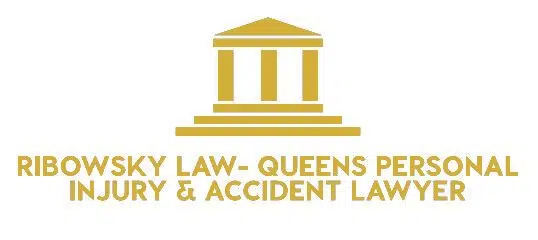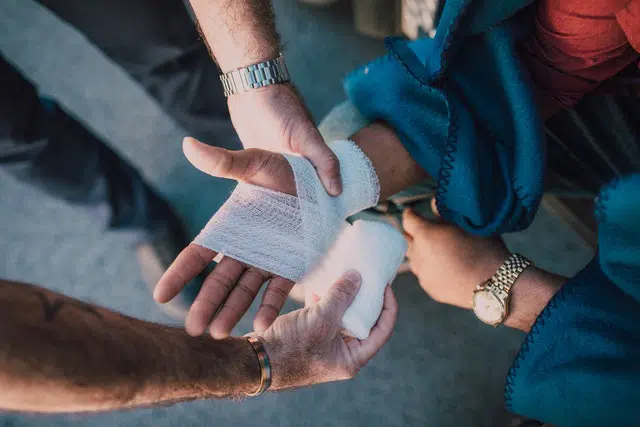In every state, there is an expectation that the general public behaves within a state established code of conduct thereby avoiding arbitrary risks in



Personal injury law, also known as “Tort Law,” covers all harm done to the body, mind, or emotions, either intentionally or unintentionally. The State of New York has put laws to protect its residents in the case of personal injury. Under these laws, a victim can recover the costs of medical expenses, the costs of burial, pain, and suffering, as well as lost wages, and certain other remuneration. Sometimes, victims can even be awarded compensation based upon the actions of other involved people or entities.
New York personal injury law covers any harm incurred by these categories of incidents. Injuries that may occur in accidents will vary, from minor to major, and even permanent disablement, and at times death. In New York, accident victims have a 3-year statute of limitations in which to file a personal injury accident lawsuit. In the case of a death suffered in an injury accident, family members have 2 years to file a claim.
Accidents that occurred in the Workplace – Under New York law, Worker’s Compensation insurance from your employer covers all medical care and replacement wages for employees who are injured or sick as a result of their jobs.
Premises Liability Accidents – If you have an injury on someone else’s property because of negligence, you can be eligible to file a premises liability accident lawsuit to have damages costs back.
Product Liability Accidents – If a consumer product causes you any injury, you can be eligible to file a product liability accident lawsuit to recover damages.
Vehicle Accidents – The most common cause of personal injuries in New York. Injuries vary depending on the severity of the accident, but can often be severe.
New York is one of the “No-Fault” states, meaning that auto insurance companies are obliged to cover the costs of any accident their clients are involved in, of course up to the policy limits, no matter who is really responsible for causing the accident. This coverage covers bills, property damage, and other economic losses.
New York also has and follows a “pure comparative fault” guideline when both parties in an accident are responsible. That means that when deliberating about the accident, the court can reduce any award of damages to the claimant according to the part of the responsibility. For example, you are to be compensated $150,000 for an auto accident. Nevertheless, the court determines that you are 20% responsible for the accident because you were driving a bit above the speed limit. Meaning that under the pure comparative fault rule, your compensation would be reduced by 20% to $120,000.
New York law also allows for those who experience a “serious injury” to step outside the normal channels of insurance and go for a lawsuit directly against the other driver or responsible party. If an accident victim incurs significant injuries, they can legally go for compensation for losses that are not available in a no-fault insurance claim, like pain and suffering as well as other non-economic losses.
These matters are confusing to those unfamiliar with the laws of New York State, and personal injury cases can become a bit more complicated due to multitudes of factors. We hope that this article has helped you understand these laws better.
Ribowsky Law- Queens Personal Injury & Accident Lawyer 109-12 Jamaica Ave, Queens, NY 11418 (718) 659-5333 https://www.mrinjurylawyerny.com/
In every state, there is an expectation that the general public behaves within a state established code of conduct thereby avoiding arbitrary risks in
A deposition in a slip and fall case will generally consist of a visit to the defense attorney’s office where you will be questioned about the case under
